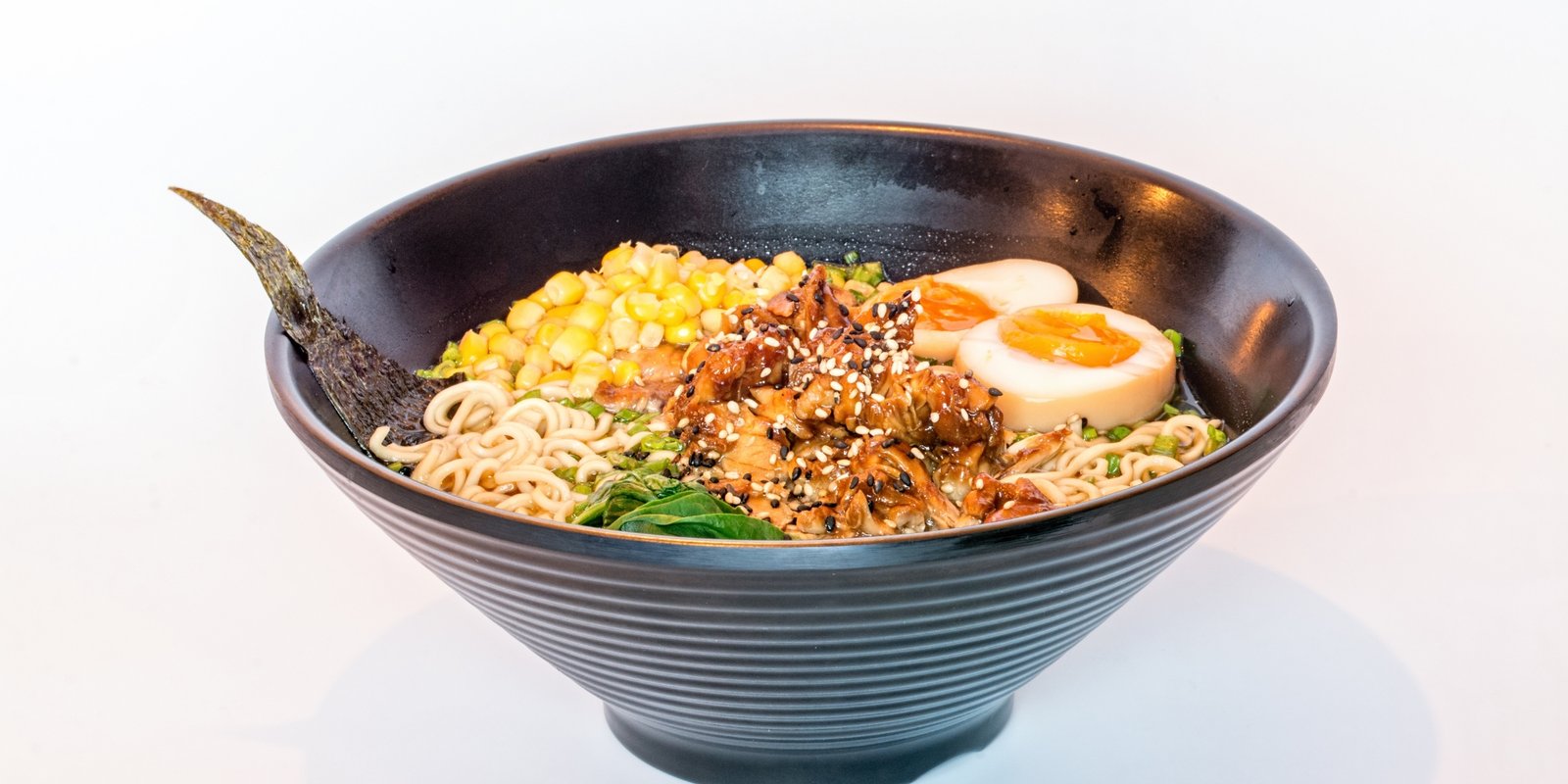In recent years, India’s food industry has witnessed a significant transformation. As global cuisines gain popularity among the diverse and evolving Indian palate, one culinary trend stands out—ramen. This humble Japanese dish, known for its versatility and rich flavors, is set to redefine the future of food franchises in India. Let’s explore why ramen is poised to become the next big thing in the Indian food franchise market.
Understanding India’s Evolving Food Franchise Market

India’s food franchise sector has been growing exponentially, with annual growth rates reaching double digits. The shift toward international cuisines has opened doors for global dishes like sushi, tacos, and now, ramen. Millennials and Gen Z, who form a significant portion of the consumer base, are increasingly seeking unique dining experiences, driving the demand for specialized food concepts.
Key factors contributing to this growth include:
- Increased disposable income among urban populations.
- A surge in culinary exploration due to globalization.
- A growing preference for quick-service restaurants (QSRs) that offer affordable and authentic dining options.
This dynamic environment creates the perfect backdrop for ramen to thrive.
What Makes Ramen a Perfect Fit for India?
1. Versatility in Flavors and Ingredients
Ramen is inherently versatile, allowing chefs to craft endless variations. From rich tonkotsu broths to spicy miso and vegetarian options, ramen can cater to India’s diverse taste preferences. Ingredients like spices, herbs, and locally sourced vegetables can be incorporated seamlessly, making it adaptable to the Indian palate.
2. A Rising Demand for Comfort Food
In a fast-paced urban lifestyle, people crave comfort food that is affordable, quick, and satisfying. Ramen, with its warm broth and hearty toppings, is the epitome of comfort. It appeals to both the on-the-go professional and families seeking a cozy dining experience.

3. The Health Factor
Ramen can be tailored to meet the health-conscious trends sweeping through India. Gluten-free noodles, low-sodium broths, and protein-packed toppings like tofu and eggs make ramen a nutritious yet indulgent option.
The Ramen Franchise Opportunity in India
1. Low Entry Barriers
Compared to other international cuisines, ramen franchises have relatively low setup costs. A compact kitchen, minimal equipment, and a focused menu make it an attractive option for first-time franchisees.
2. Scalability
Ramen franchises offer significant scalability. The model suits small kiosks, QSRs, and even fine-dining establishments, allowing entrepreneurs to start small and expand as demand grows.
3. High Profit Margins
With affordable ingredients and premium pricing potential, ramen franchises enjoy lucrative margins. Customizable bowls and add-on options further boost revenue.
Consumer Trends Favoring Ramen’s Growth
1. Urbanization and Global Exposure
As urban areas expand, so does exposure to global cuisines. Platforms like Instagram and food blogs are fueling curiosity about dishes like ramen, encouraging consumers to try them.
2. Rise of Delivery-First Models
The rise of food delivery platforms like Zomato and Swiggy makes ramen more accessible. Its packability ensures the same experience whether consumed in a restaurant or at home.
3. Experience-Driven Dining
Indian diners are shifting towards experience-driven consumption. Interactive dining experiences, like assembling your own ramen bowl, can attract more customers.
Why Now is the Time to Invest in Ramen Franchises
The Indian market is ripe for innovative food concepts, and ramen ticks all the boxes. The combination of affordability, customizability, and authenticity makes it the ideal choice for entrepreneurs looking to tap into a fast-growing industry. Furthermore, India’s young population ensures a sustained demand for trendy, global cuisines.
How to Build a Successful Ramen Franchise in India
1. Focus on Authenticity
Ensure the core of your ramen retains its authenticity while integrating local flavors. Invest in high-quality broths, fresh noodles, and traditional cooking techniques.
2. Keep the Menu Simple
A concise yet diverse menu helps maintain operational efficiency. Include a mix of classic ramen bowls, vegetarian options, and fusion flavors to cater to varied preferences.
3. Leverage Digital Marketing

Build a strong online presence through social media campaigns, collaborations with food influencers, and targeted ads. Use visuals and storytelling to showcase the vibrancy and appeal of ramen.
4. Offer Customization
Allowing customers to personalize their bowls—choosing noodles, broths, and toppings—can create a unique experience and encourage repeat visits.
Challenges and Solutions in the Ramen Franchise Market
1. Ingredient Sourcing
Ensuring consistent quality can be a challenge. Partner with reliable suppliers and consider local sourcing to reduce costs and maintain freshness.
2. Educating the Market
Ramen is still a niche dish in India. Educate consumers through live demos, tastings, and workshops to build awareness and excitement.
3. Managing Competition
The food franchise market is competitive. Differentiate your brand with unique offerings like limited-edition bowls, seasonal flavors, or combo deals.
The Road Ahead for Ramen in India
As India continues to embrace global cuisines, ramen is uniquely positioned to become a household favorite. Its ability to balance tradition and innovation, combined with the growing demand for quick and experiential dining, ensures a bright future for ramen franchises. For entrepreneurs looking to invest in the next big trend, ramen offers a low-risk, high-reward opportunity.
Conclusion
Ramen is not just a dish—it’s an experience, a story, and a growing movement in India’s food franchise landscape. By tapping into its versatility, cultural appeal, and profitability, entrepreneurs can unlock a wealth of opportunities in the years to come. As the future of food franchises in India evolves, ramen is undoubtedly poised to lead the way.
FAQs
Q1. What makes ramen an ideal food franchise in India?
Ramen is versatile, adaptable to Indian tastes, and aligns with trends for quick-service and healthy dining.
Q2. How can entrepreneurs differentiate their ramen franchise?
By offering authentic flavors, customization options, and leveraging digital marketing to build brand awareness.
Q3. Is ramen suitable for delivery models?
Yes, ramen is highly suitable for delivery as it retains its quality and flavor during transit.
Q4. What challenges do ramen franchises face in India?
Challenges include ingredient sourcing, educating the market, and managing competition from other cuisines.
Q5. Why is now the right time to invest in a ramen franchise?
The increasing demand for global cuisines, combined with India’s young demographic and evolving food culture, makes ramen a lucrative opportunity.







